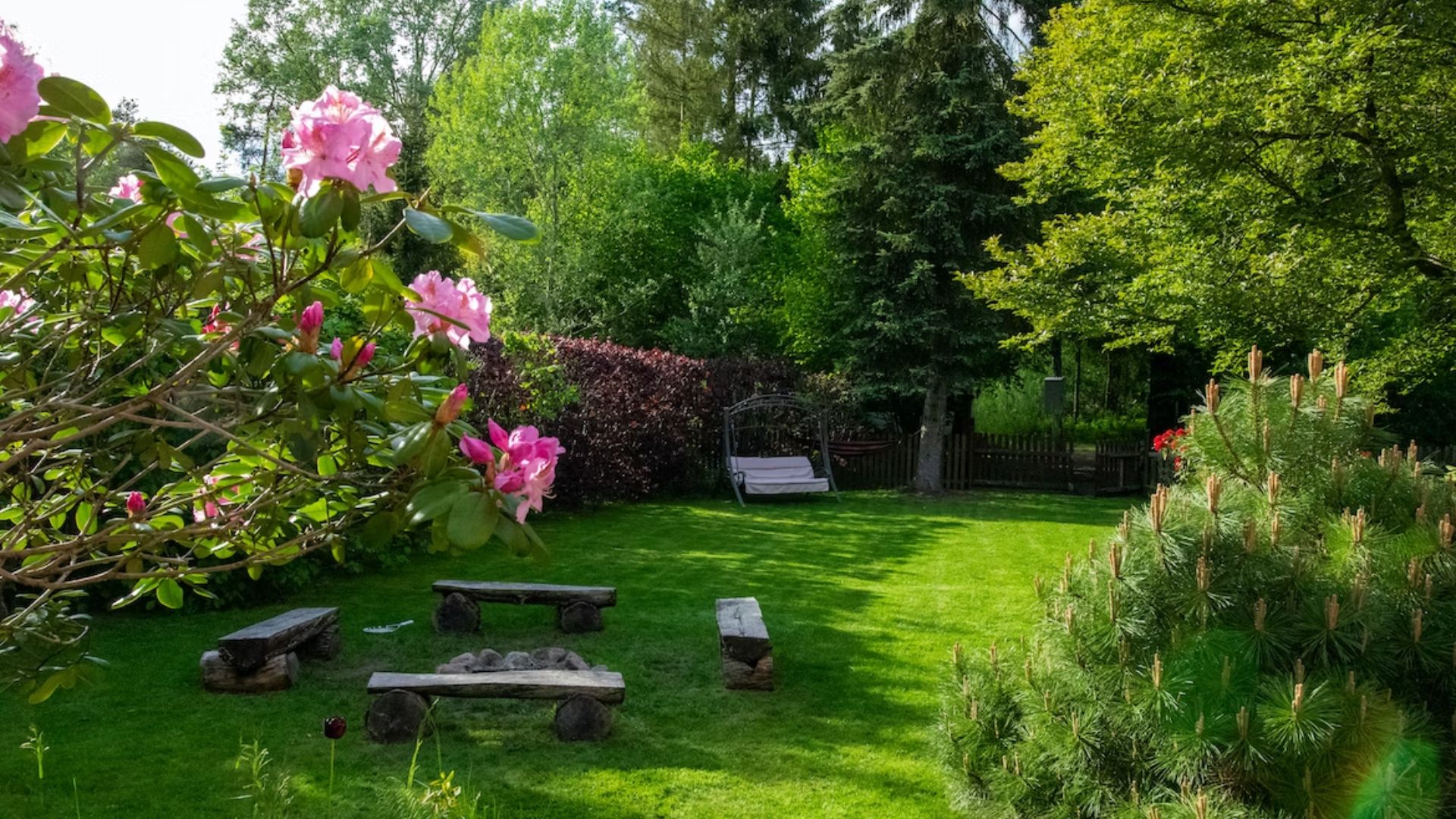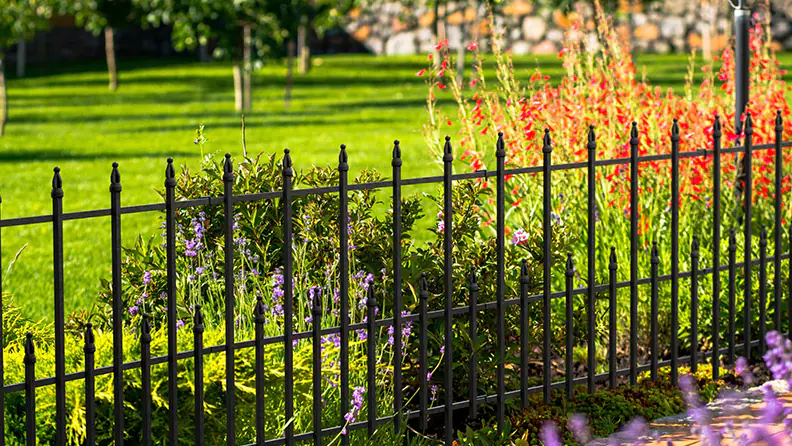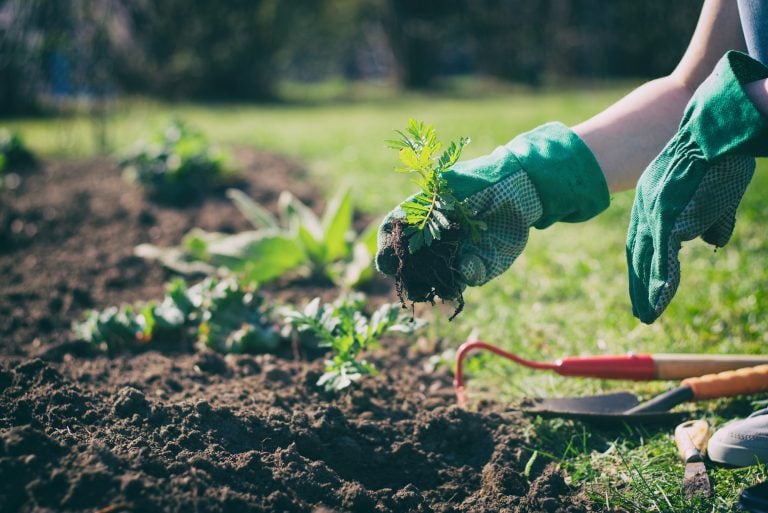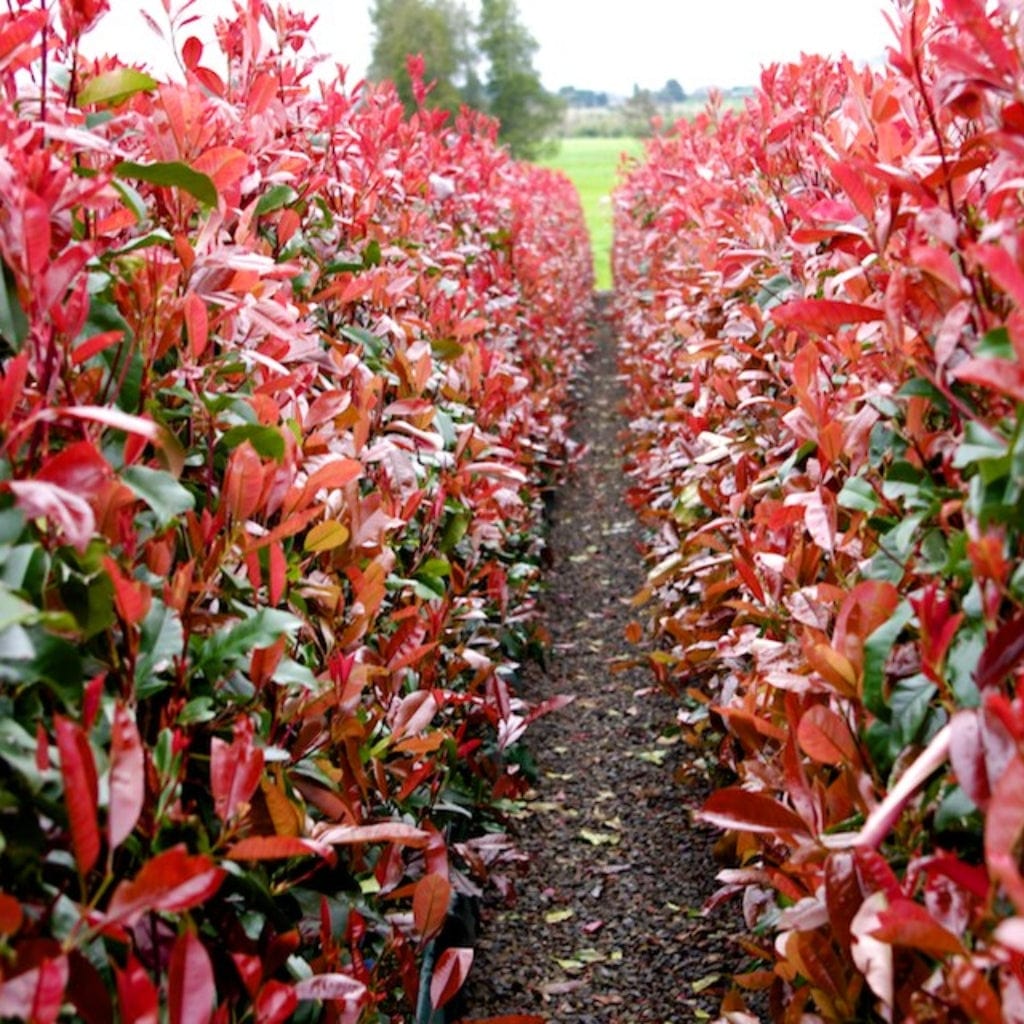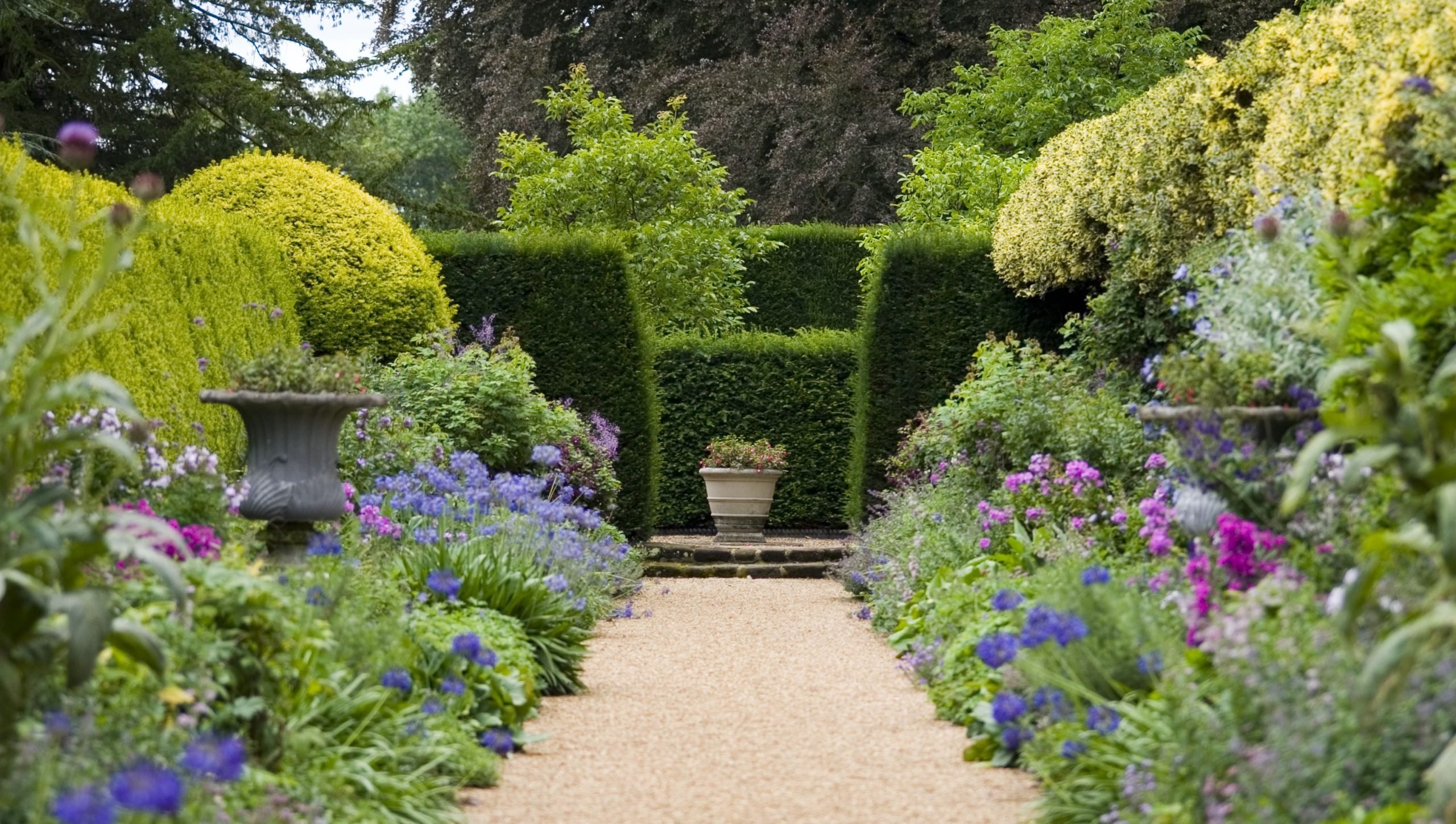Maximising Plant Growth: The Science Behind Greenhouse Design
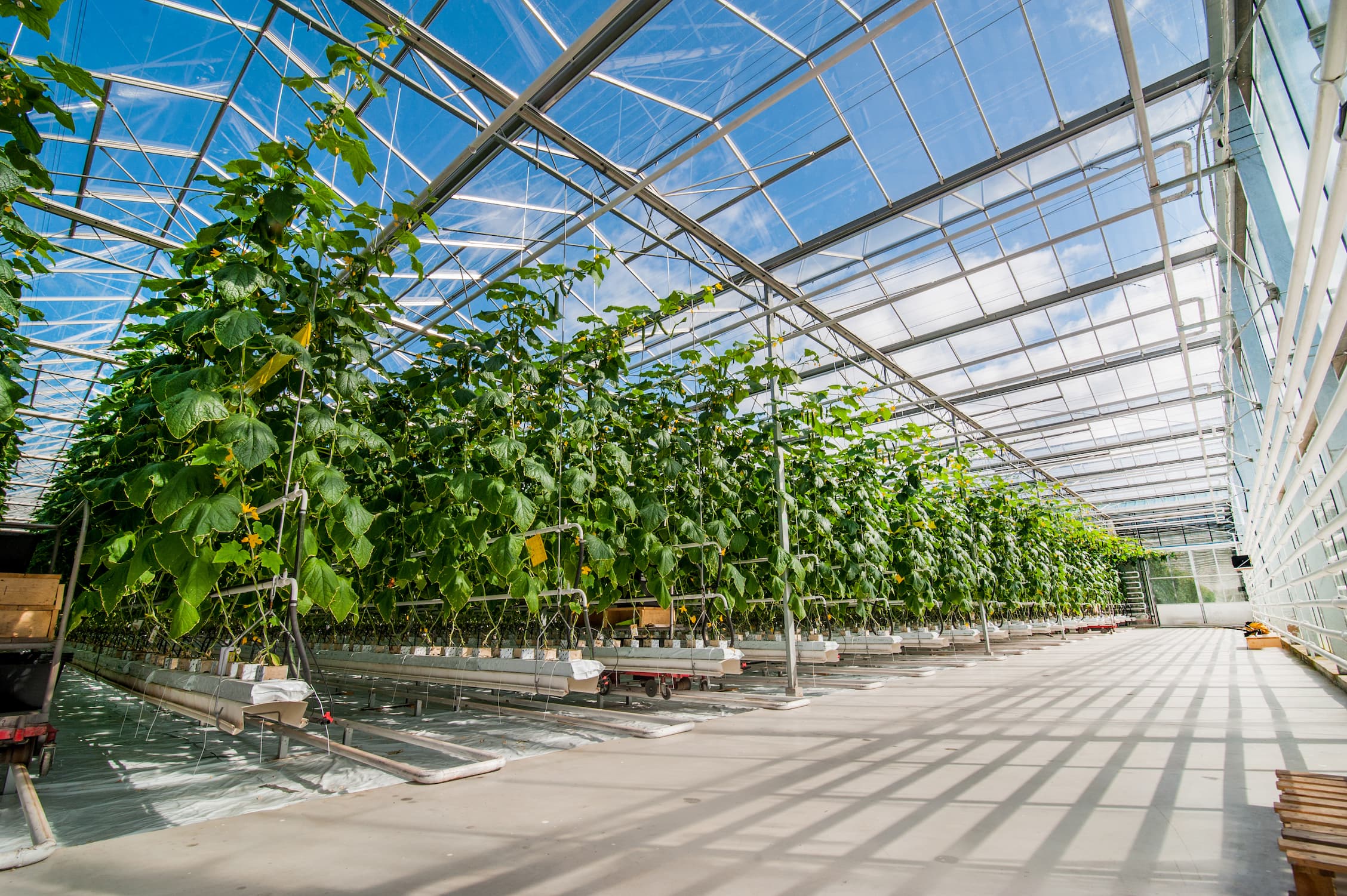
Table of Contents
The process of growing plants is an art as much as it is a science. For those who are keen on ensuring the best possible conditions for their plants, the greenhouse becomes a pivotal tool. Through careful design and an understanding of how different factors affect plant growth, a greenhouse can be optimised to maximise the yield and health of the plants inside.
1. The Physics of Light
One of the primary purposes of a greenhouse is to trap sunlight. But why? Sunlight is the primary source of energy for plants, and it’s essential for photosynthesis, a process through which plants convert light energy into chemical energy.
The quality and duration of light a plant receives can significantly affect its growth. A well-designed greenhouse will, therefore, aim to maximise the amount of sunlight it captures, especially during the colder months when daylight is at a premium.
The angle of the roof, the clarity of the panels, and even the positioning of the greenhouse can all play a role in how much light is absorbed.
2. Temperature Control
Plants are sensitive beings. Minor fluctuations in temperature can have significant effects on their growth. A greenhouse, by design, traps heat. The sun’s rays pass through the transparent walls and roof, heating the ground and plants inside. This warmth is then retained, preventing the plants from experiencing the cold temperatures outside.
But it’s not just about keeping the cold out. Greenhouses also need to prevent overheating in warmer months. Ventilation systems, shading, and sometimes even cooling systems come into play. Modern greenhouses will often use automated systems that can open and close vents depending on the temperature inside.
3. Humidity and Air Circulation
A factor often overlooked is the importance of humidity and air circulation in the growth of plants. Stagnant, moist air can be a breeding ground for moulds and pests. Too dry air can hinder a plant’s ability to grow. Thus, striking the right balance is crucial.
Greenhouses can regulate humidity levels using ventilation, fans, and even humidifiers or dehumidifiers if necessary. Efficient air circulation ensures that there’s an even distribution of humidity and that no pockets of stagnant air are present.
4. Material Matters
The material used in the construction of a greenhouse can have a profound impact on its effectiveness.
Historically, glass was the go-to material, but advancements in technology have introduced a plethora of alternatives. One of these is polycarbonate, a material known for its excellent insulation properties and its ability to diffuse light effectively, ensuring plants receive an even distribution of sunlight without the risk of burning.
Another excellent option is acrylic. One notable supplier of such materials is Simply Plastics. They offer a range of durable and clear options that can be tailored to the needs of the greenhouse designer.
5. The Soil and Nutrition System
While the structure of the greenhouse is vital, what lies inside is equally crucial. The type of soil used, the nutrition system in place, and even the pots or beds can significantly affect the health of plants.
Many greenhouses will use raised beds or containers to allow for better control over the soil quality and to prevent issues like soil-borne diseases. Automated drip irrigation systems and hydroponic systems can also be integrated to provide plants with a consistent and balanced supply of water and nutrients.
6. Ongoing Monitoring and Adaptation
The world of plant growth is ever-evolving. As we deepen our understanding of plant biology and the various external factors that can influence growth, greenhouse designs must also adapt. This means regularly monitoring the health of the plants and the conditions inside the greenhouse and being willing to make adjustments as necessary.
Modern greenhouses often incorporate technology, with sensors measuring everything from soil moisture levels to light intensity, ensuring that the environment remains optimal for plant growth.
Conclusion
The science behind greenhouse design is a testament to the intricate relationship between plants and their environment. By understanding and manipulating various factors—from light and temperature to humidity and soil quality—gardeners and farmers can create conditions where plants not only survive but thrive.
Whether you’re a hobbyist or a professional, investing time and resources into a well-designed greenhouse will undoubtedly yield fruitful results.

